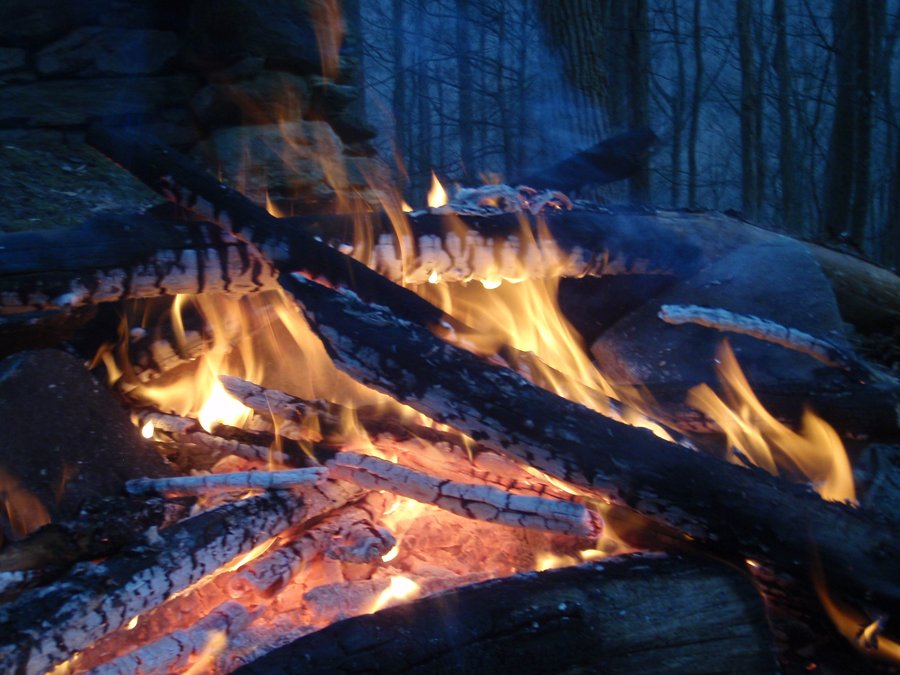You’ll never need a fire like you’ll need it when conditions are wet and cold. The intense energy released by burning wood seems to be the only thing that can cut through the bone-chilling cold of raw, rainy weather. And even if you already light campfires like a pro, study these 10 tricks for wet-weather fire making. You might just surprise yourself how much better at it you can be.
1. Stick with the sticky stuff
Pines, firs, spruce, and most other needle bearing trees are my first stop in wet weather because their wood has sticky sap. This is pitch, which is usually very flammable. Select dead twigs underneath the protective canopy of these trees.
2. Peel it all off
Bark is typically a protective structure to save wood from a fire. Most barks aren’t that flammable on their own. Tear, carve or peel the wet bark off your sticks and kindling. There’s often dry wood just below the surface—especially if you got your wood from standing dead vegetation.
3. Split wood burns better that whole sticks
Just like peeling the bark off, cutting or splitting your hardwood kindling in half lengthwise will expose the drier inner wood. The lower mass of these “half” sticks will cause them to light faster than when whole.
4. Shape it up
Lots of fire making attempts are doomed from the beginning because the fire lay shape is too flat. Build a foot-tall cone of small twigs, and stay away from low-lying kindling configurations. A tall tipi allows heat to rise efficiently through the sticks, drying them out and starting them aflame.
5. Use a fire helper in cold or wet weather
Fire starter cubes, fire packets, fire paste, cotton balls soaked in petroleum jelly, or even some drier lint from home could be a lifesaver when the weather turns wet or cold (or both).
6. Light the fire from the windward side
This lets the flames travel through your sticks, engulfing them faster and better.
7. Light the fire low
Fire climbs as heat rises, so make sure you have your match or lighter touching the material at the base of the fire lay. Don’t waste your time trying to light it at the top as if it were a candle.
8. Use a ton of tinder
Tinder is the dry, dead, fluffy plant stuff that lights on fire easiest. The center of your fire lay should be loaded with tinder.
9. Keep a backup handy
A backup wad of tinder can save a failing fire, or be saved for future use.
10. Skip the pit
Fire pits tend to fill with water in very wet conditions, so build a slight mound instead. This keeps your fire base out of the wetness and keeps your fire burning bright.
Got any wet-weather tricks for fire building? Take a second to tell us about your best or worst campfires in the comments.
